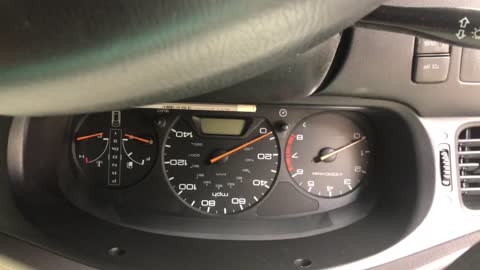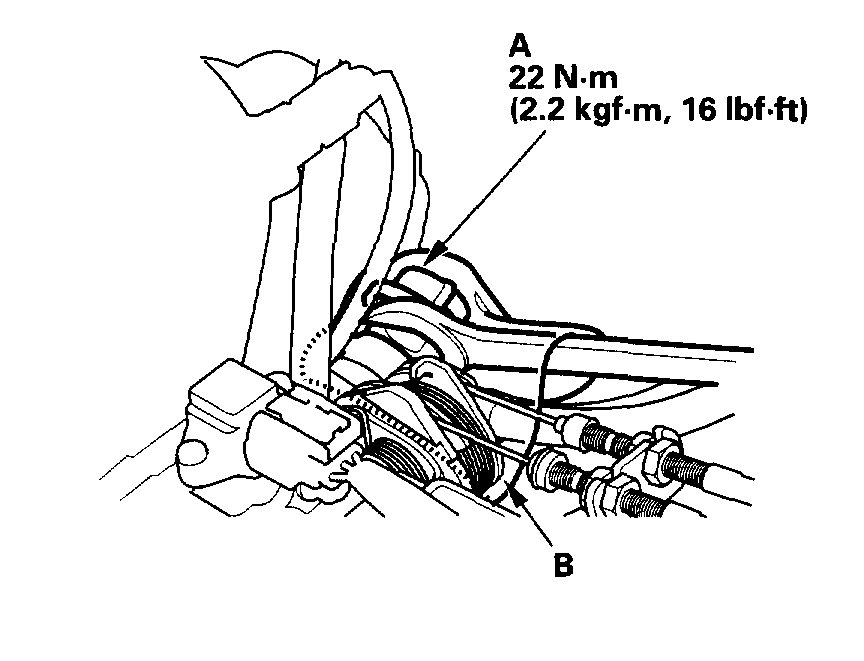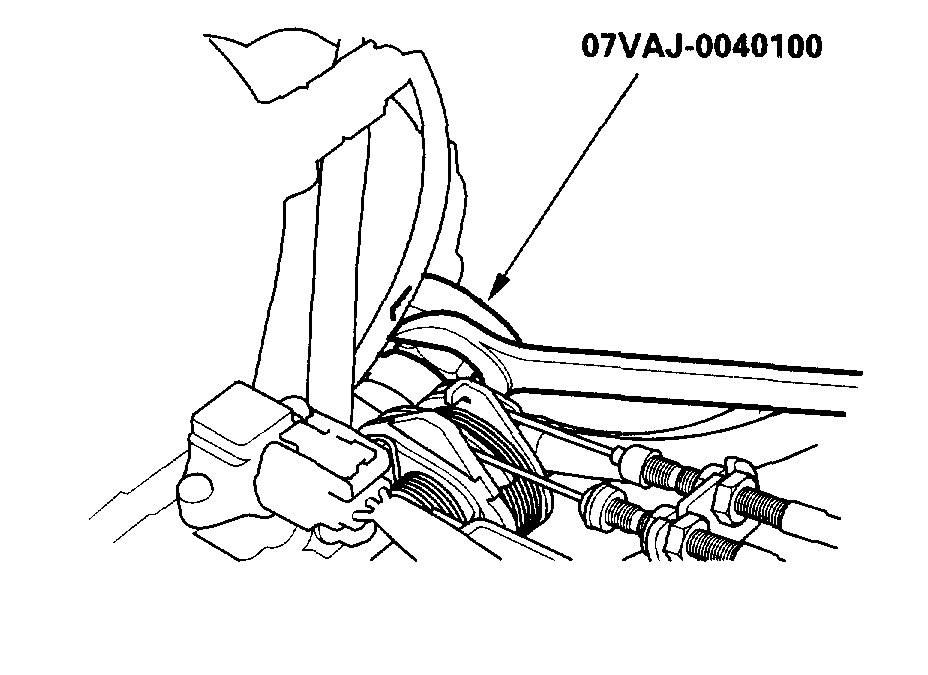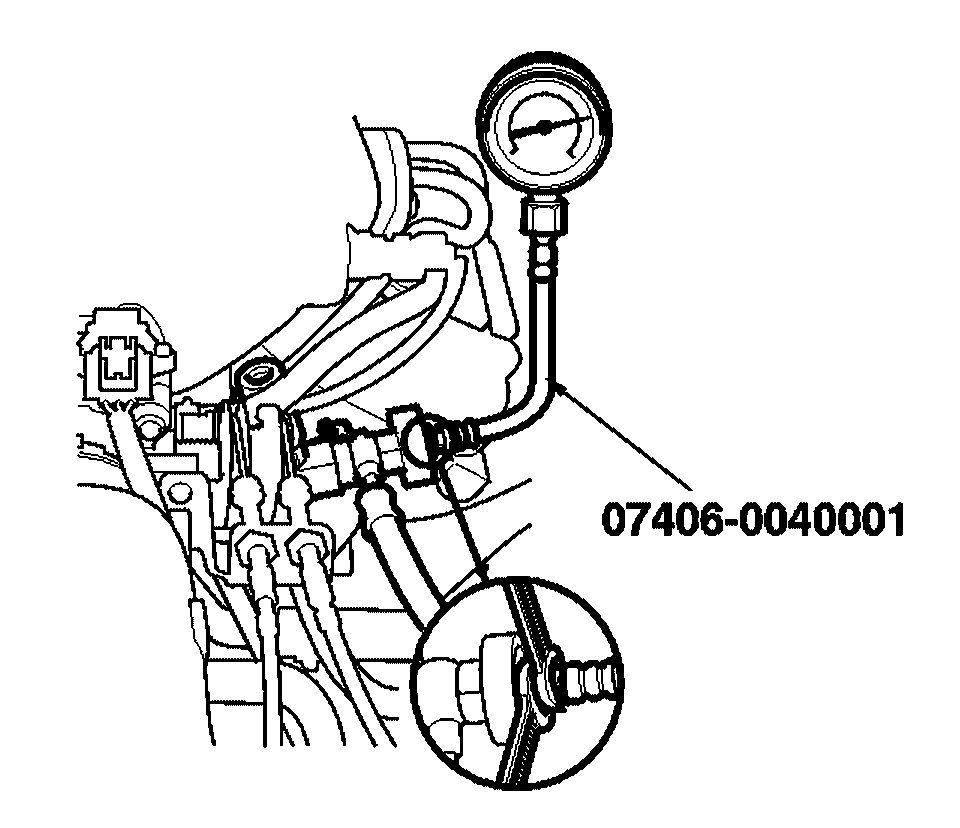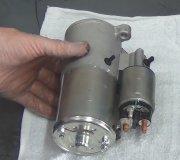Hi and thanks for using 2CarPros.
There are several things which can cause this. First, take a look through this link to see if anything in it is helpful.
https://www.2carpros.com/articles/car-cranks-but-wont-start
Now, based on what I heard, I have a feeling the fuel pump has failed. It sounds like it fires a couple times and then not. With that in mind, I recommend checking fuel pump pressure.
Here is a link that shows in general how to check fuel pump pressure:
https://www.2carpros.com/articles/how-to-check-fuel-system-pressure-and-regulator
Here are the directions for testing pressure specific to your vehicle. The attached pictures correlate with these directions.
COMPONENT TESTS AND GENERAL DIAGNOSTICS
Fuel Pressure Test
Special Tools Required
- Fuel pressure gauge 07406-004000A
- Fuel pressure gauge attachment 07VAJ-0040100
1. Make sure you have the anti-theft code for the radio, then write down the frequencies for the radio's preset buttons.
2. Disconnect the negative cable from the battery.
3. Remove the fuel fill cap.
4. Use a wrench on the fuel pulsation damper (A) at the fuel rail.
5. Place a rag or shop towel (B) over the fuel pulsation damper.
6. Slowly loosen the fuel pulsation damper one complete turn.
7. Remove the fuel pulsation damper from its fitting, and attach the fuel pressure gauge attachment.
8. Attach the fuel pressure gauge.
9. Reconnect the negative cable to the battery, then start the engine and let it idle.
- If the engine starts, go to step 11.
- If the engine does not start, go to step 10.
10. Check to see if the fuel pump is running: listen to the injector rails underneath the intake manifold cover while an assistant turns the ignition switch ON (II). You should hear the fuel flow through the injector rails for about 2 seconds when the ignition turned ON (II).
- If the pump runs, go to step 11.
- If the pump does not run, test the fuel pump.
11. Read the pressure gauge. The pressure should be: 290 - 330 kPa (2.9 - 3.4 kgf/sq.cm, 42 - 48 psi)
- If the pressure is OK and engine is running, the test is complete. If the engine is not running, repair the cause, then continue this test
- If the pressure is too high, check for a pinched or clogged fuel return hose or line.
- If the pressure is too low, check for a clogged fuel filter and for leaks in the fuel lines.
- If the pressure is out of spec and the fuel lines are OK, replace the pressure regulator.
12. Remove the pressure gauge, and reinstall the fuel pulsation damper with a new washer. Tighten the fuel pulsation damper to 22 N.m (2.2 kgf.m, 16 lbf.ft).
______________________
If you have starting fluid, see if it will start for a couple seconds using it. If it does, then it is fuel related. If it doesn't change, the it is ignition related.
Let me know what you find.
JOe
Images (Click to make bigger)
Sunday, January 6th, 2019 AT 8:46 PM
